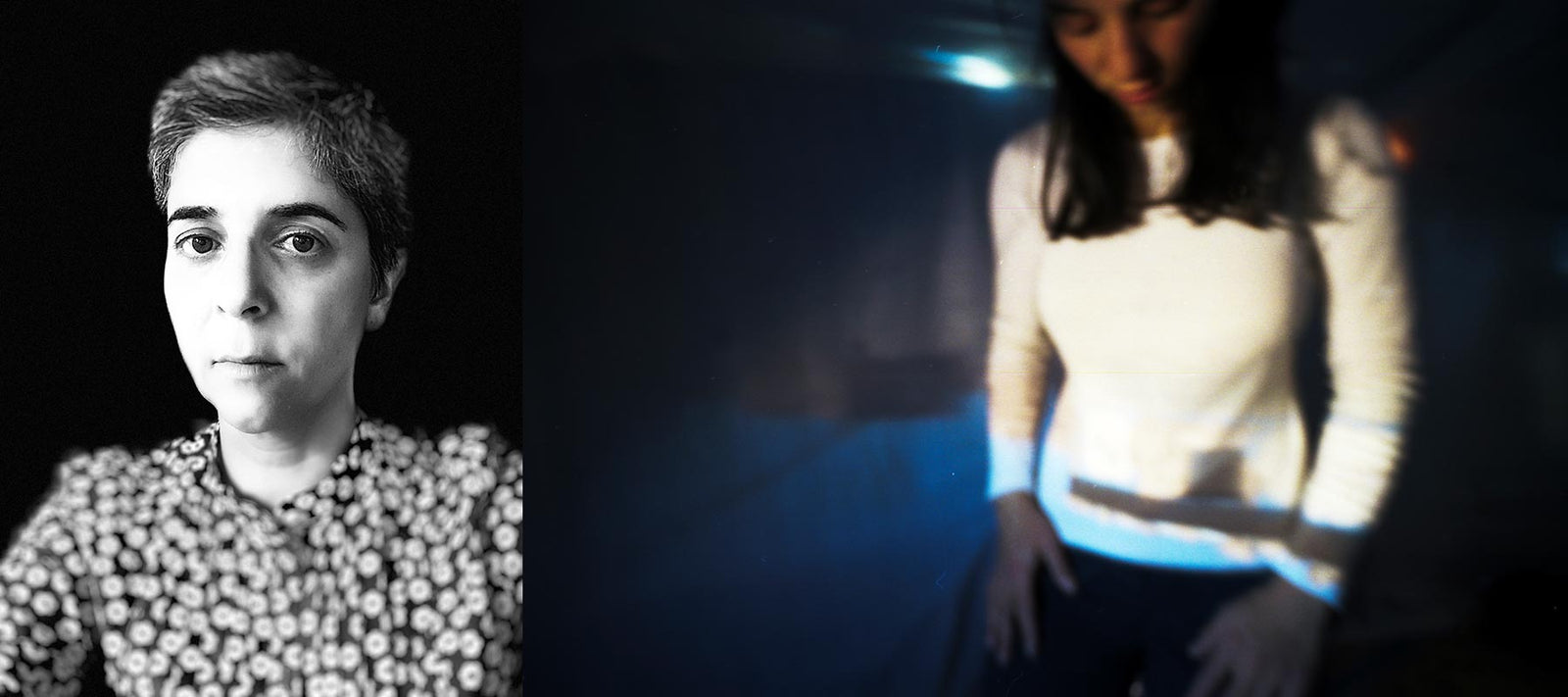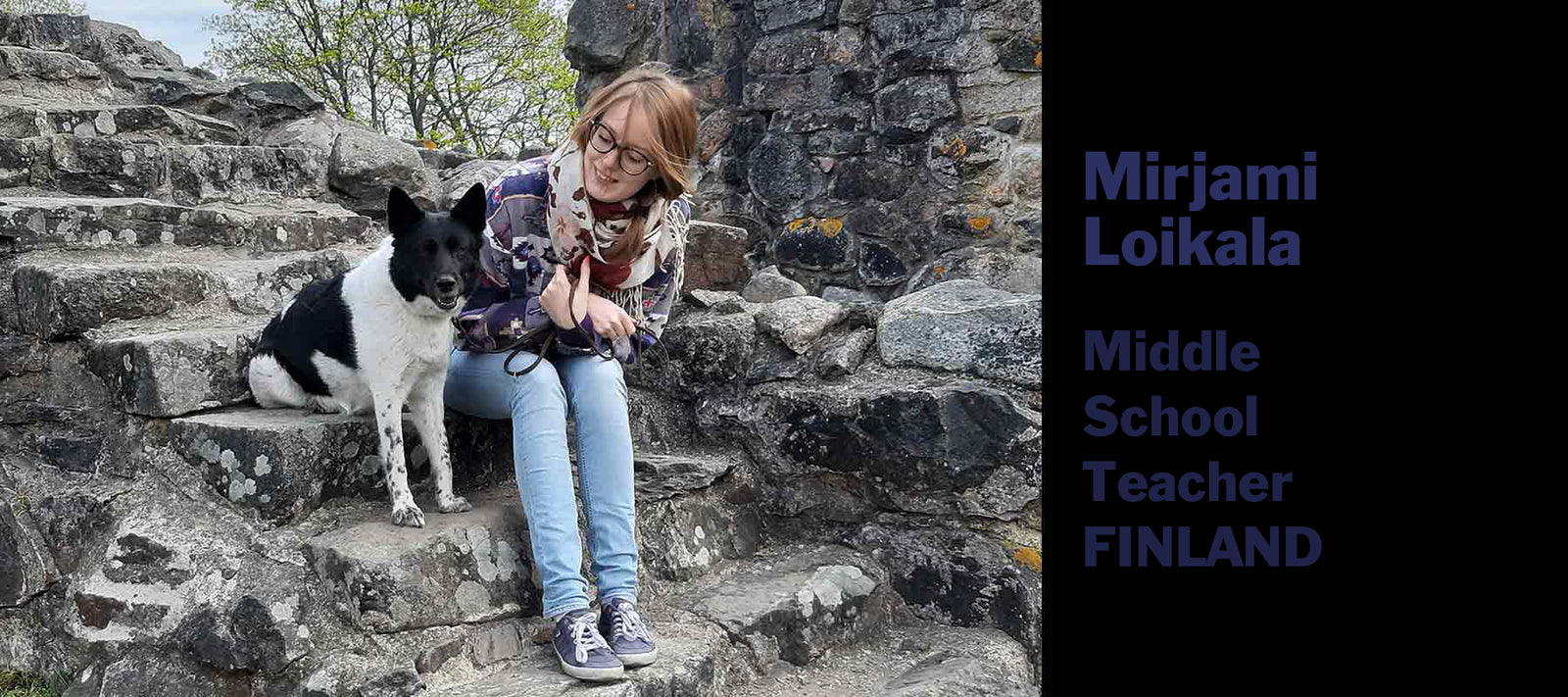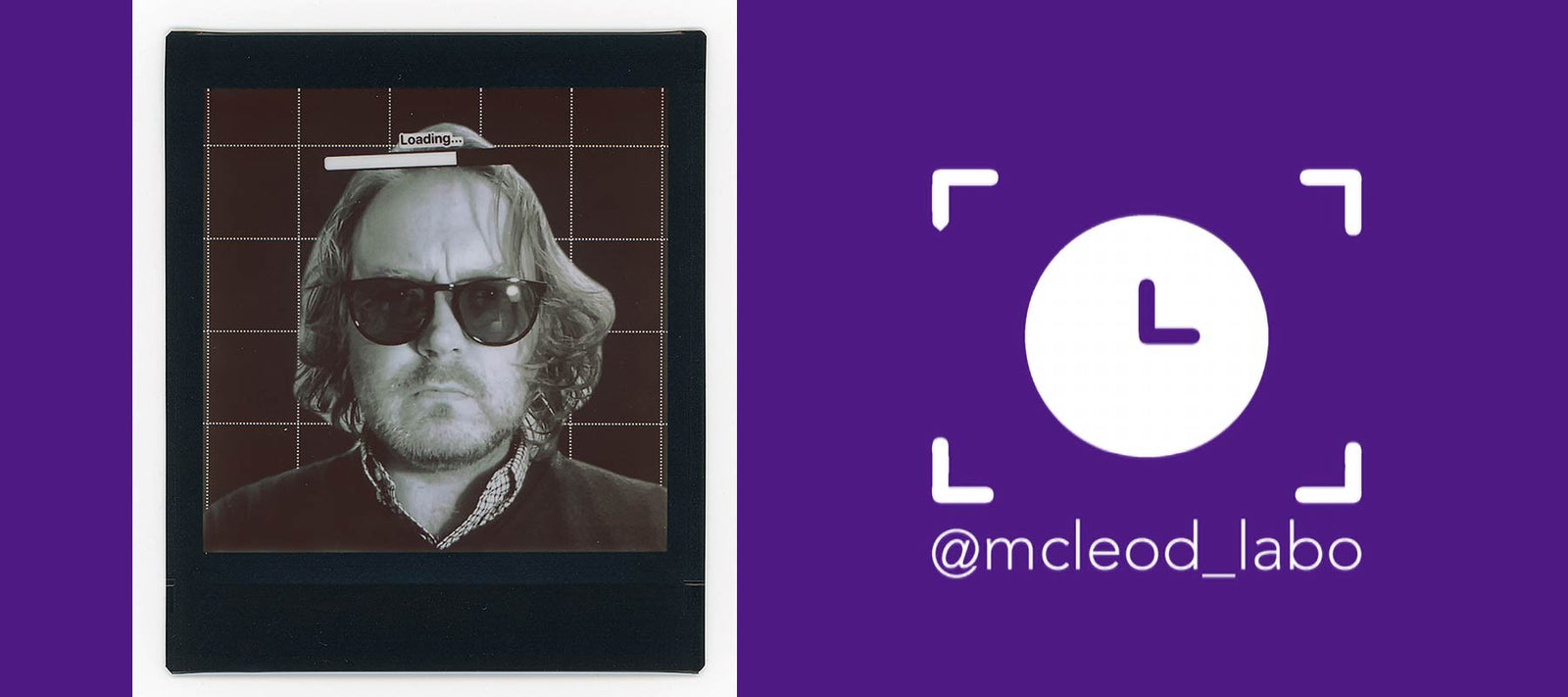
Meet the Camera Obscura makers – Nilufar Nuthall
We had the chance to chat with a true Camera Obscura maker Nilufar Nuthall about her beautiful ongoing work with Camera Obscura installations around the world.
Hi Nilu, can you tell us something about yourself as an artist?
I am both a photographer and a fine artist merging the two disciplines together. My point and shoot photography didn’t seem physical enough for my art work so I have constantly pushed the materiality of photography by exploring the possibilities of spaces within spaces with the overlay of imagery.
 Camera Obscura self-portrait, New Mexico 1997, Nilufar Nuthall
Camera Obscura self-portrait, New Mexico 1997, Nilufar Nuthall
How did you first discover the Camera Obscura, and how it made you feel?
I literally stumbled across it in my final piece on my BA Fine Art in my exploration of light. I wanted to ‘house’ light, and so erected an outdoor white circular 4m building in diameter which I wanted the viewer to walk into, to experience the light. Inside the dome of the ceiling, I pierced 18 holes through which rays of sunlight streamed through and around the interior.
One day, I was sitting inside on my own, and suddenly saw the sunspots dotted across the walls change colour into blue and white and melt into each other. It was alchemy! I didn’t know that what I was watching was, in fact, the sun projecting the racing clouds onto the walls. Before the sun was projecting itself as a sunspot, but the minute the clouds covered the sun, the sun projected the cloud passing it, onto the walls, the same image repeated 18 times! It was uncanny to me that I had not simply built a white structure, but a camera and I was sitting inside it. I was entranced and overwhelmed, it was my Eureka! My dream of merging the 2 disciplines of photography and art (essentially architecture) could not have been more literally interpreted. As Alberti said of the Camera Obscura, you create an exchange between the architectural wall and the window.

Camera Obscura building and ceiling detail, Nilufar Nuthall
Can you describe some of your projects using Camera Obscuras?
The Yellow House, Beirut. 1924 - 2010Firstly I was drawn to Beirut as in all my projects, there is a personal fascination with the country and I knew I should create a project using one of the many buildings which still had the visible scars of the civil war 1975-1990. This project allowed me access into a space with history which has been transformed, a prevailing theme in my work.
The yellow house, now the poignantly renamed, Museum of Memory Beit-Beirut, historically has seen Beirut through her grandest and bloodiest turns. Commissioned in 1924 by the Barakat family, designed in the picturesque French Mandate style, afforded with views through windows, verandahs, doorways into windows beyond and onto the city. During construction, the building was situated in the outskirts of Beirut but the city soon built up and by the time the war started in 1982, the yellow house found itself positioned exactly on the demarcation line which divided East and West. Due to its strategic positioning, facing their enemy to the West, the Christian militia re-appropriated the interior spaces and views through to build bunkers and snipers’ nests.

(Camera Obscura projection from) Bullet Hole, Beirut. 2010, The Yellow House Camera Obscura, Nilufar Nuthall
Using one of the bullet holes, which pierced through a stone wall, I converted one of the rooms into a Camera Obscura. Bringing in the present and dressing the walls with time. Reminding the viewer of the present in contrast with the beaten and ravaged walls of devastation. The same aperture which was caused as a result of war is now turning back on itself. Projections of people walk across the mass bullet ridden walls, clouds move silently over the rubble and devastation left by war, the outside is now looking in. Bullet Hole, Beirut, a heterotopic site, a single real place that juxtaposes several spaces, is a material space within which also a microcosm of different environments are present.
How would you describe being inside a Camera Obscura to someone who has never experienced it?
This is not as easy as it should be as the central most important element inside the camera obscura; lightneeds to be perfectly bright in order to fully enjoy the colour and majesty of the projection. One of my favourite stories is from a Camera Obscura for “The Other Flower Show” at the Victoria and Albert Museum in the Summer of 2004.I had placed a rectangular table inside the installation whereby the projection of the sky above the table through a large aperture flooded the table’s white surface. Above the table, I rigged a moving lens to go down to the table and bring the image into focus and rise and blur the moving clouds onto the table. It was very beautiful with all the moving elements of the clouds and lens. After a few moments of watching the lens move up and down away from the open aperture in the roof, a member of the public asked me where I had filmed the image coming from the lens. I tried to explain it was real life but she could not quite understand it was real life!

The other flower show, Victoria and Albert Museum 2004, Camera Obscura, Nilufar Nuthall
After so many years working with Camera Obscuras, what keeps you coming back to them?
The study of seeing how the image fell onto different surfaces of steel, plaster and wood ontop of playing with the shapes of the surfaces and focal lengths was exciting. However in time, I felt the Camera Obscura became limited and needed to become more than a study. Creating these spaces merely as a celebration of the photographic image became insufficient and I needed to shift the focus, so the subject was not solely the Camera Obscura. I needed a more socially political motive to develop it into a meaningful dialogue. This deeper level of meaning began when I created Bullet Hole, Beirut, a path I am now moving into with each work.On a deeper level, the themes I am exploring are the ritual, shelter; emotionally and physically, as I ask the viewer to participate in the works and I am constantly obstructing them or myself. I am also interested in what Foucault calls, heterotopias, discursive spaces that are somehow 'other': disturbing, intense, incompatible, contradictory or transforming. Heterotopias are worlds within worlds, mirroring and yet upsetting what is outside. I am now using the Camera Obscura to provide protection and create a platform for the ritual in the form of pilgrimage into the space. The overlay of the external image now sheds light on hidden histories and forgotten places.
 Schoolboy holding a projection. Camera Obscura project Western Sahara refugee camps 2004. Nilufar Nuthall
Schoolboy holding a projection. Camera Obscura project Western Sahara refugee camps 2004. Nilufar Nuthall
I am at a stage where I am still interested in being in two places at the same time with the overlay my aim is to bring the overlay into the studio as all the works previously have been in remote locations which the public could not access. I am thinking now about using furniture you can walk into that already has a loaded history that a projection will bring another history into.
(Editor’s comment: This latest Camera Obscura art installation will use the BonfotonUP device which can project the Camera Obscura image right-side-up. Nilu promised us to make a follow up here when the project is released. So, stay tuned!)



